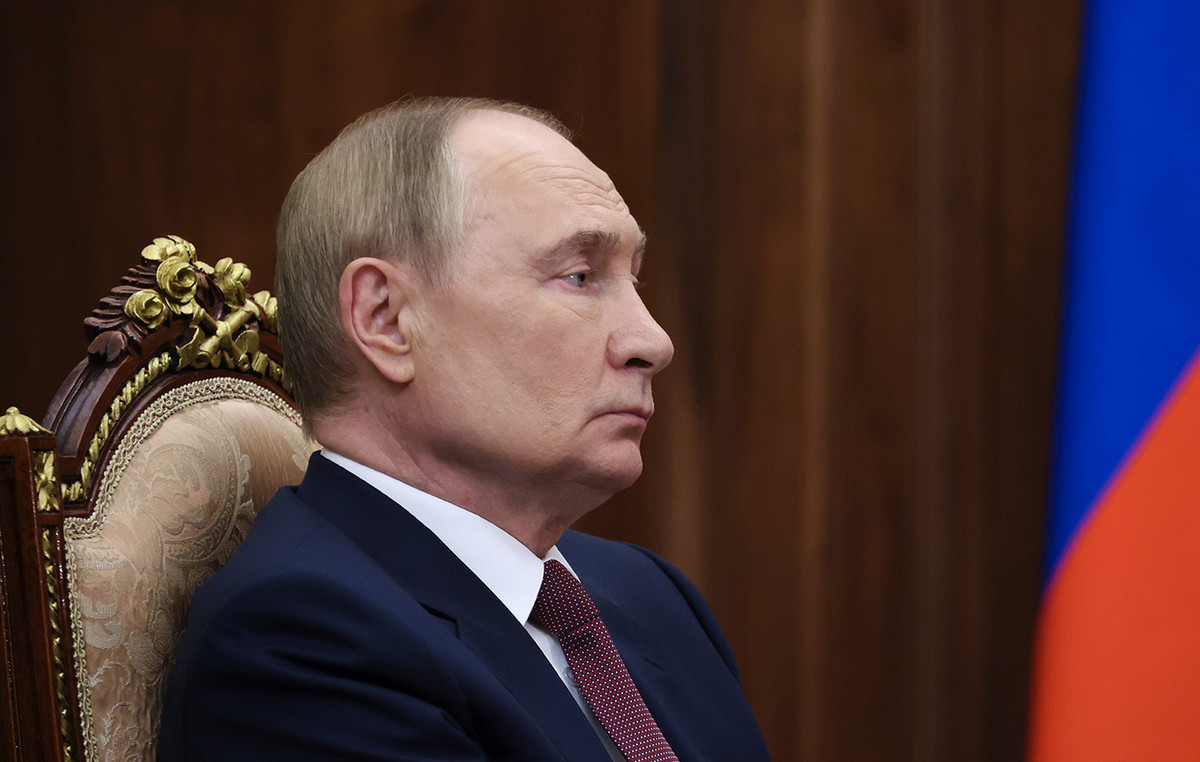Oil prices are trading with big losses that exceeded 4.5% intra-session, as the possibility of Iran’s return to the market and the jump of the dollar trigger a wave of sales.
In particular, his October contract Brent now moves to $93.17 the barrel with losses 3.7% or 3.55 dollars, while at the low of the day it had slipped up to 92.36 dollars per barrel.
Similarly, the American WTI September delivery sees its price take a dive 3.75% and to yield to $87.36 the barrel with losses of 3.4 dollars within the day, while at its low it had reached up to 86.6 dollars a barrel with losses of more than 4.7%.
With the possibility of a revival of the Iran nuclear deal looking ever closer in recent days, the market appears to be pricing in the rebalancing that a particularly strong player like Tehran will bring to crude supply, although it will take time for to restore its production to high levels.
After all, yesterday, Sunday, US President Joe Biden spoke with the leaders of France, Germany and the United Kingdom about the possibility of increasing supplies from Iran if there is an agreement on the country’s nuclear program.
At the same time, the US dollar is trading at 5-week highs, putting pressure on prices as usual as most global buyers own other currencies.
And, as all the time recently, the fear of an upcoming economic recession is hanging over the market, which will significantly limit the demand for fuel and energy products in general.
“Crude prices eased as fears about global growth remain high, while the prospect of a revival of the Iran nuclear deal improves,” notes Ed Moya, senior market analyst at Oanda.
“Everything has turned bearish for oil today and this could give further impetus to sellers if the king dollar remains the theme of the week,” he adds.
Despite the fall in prices, however, tightness in real markets remains acute and may worsen as the Caspian Pipeline consortium in Kazakhstan faces production disruptions following damage to two berths.
Meanwhile, China’s central bank cut lending rates today as Beijing steps up efforts to boost demand in an economy battered by the property crisis and resurgence of the pandemic – under its zero covid policy.
More broadly, after surging wildly in the first five months of the year, oil’s rally has now reversed, with losses intensifying over the summer.
The selloff in crude, which has strengthened albeit on low volumes, may ease some of the inflationary pressures weighing on the global economy and prompting central banks, including the U.S. Federal Reserve, to successive rate hikes.
Source: Capital
I am Sophia william, author of World Stock Market. I have a degree in journalism from the University of Missouri and I have worked as a reporter for several news websites. I have a passion for writing and informing people about the latest news and events happening in the world. I strive to be accurate and unbiased in my reporting, and I hope to provide readers with valuable information that they can use to make informed decisions.







